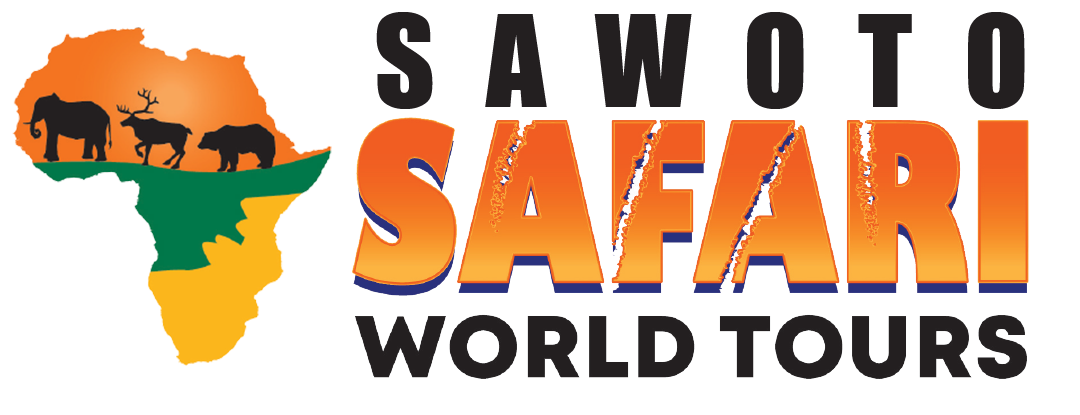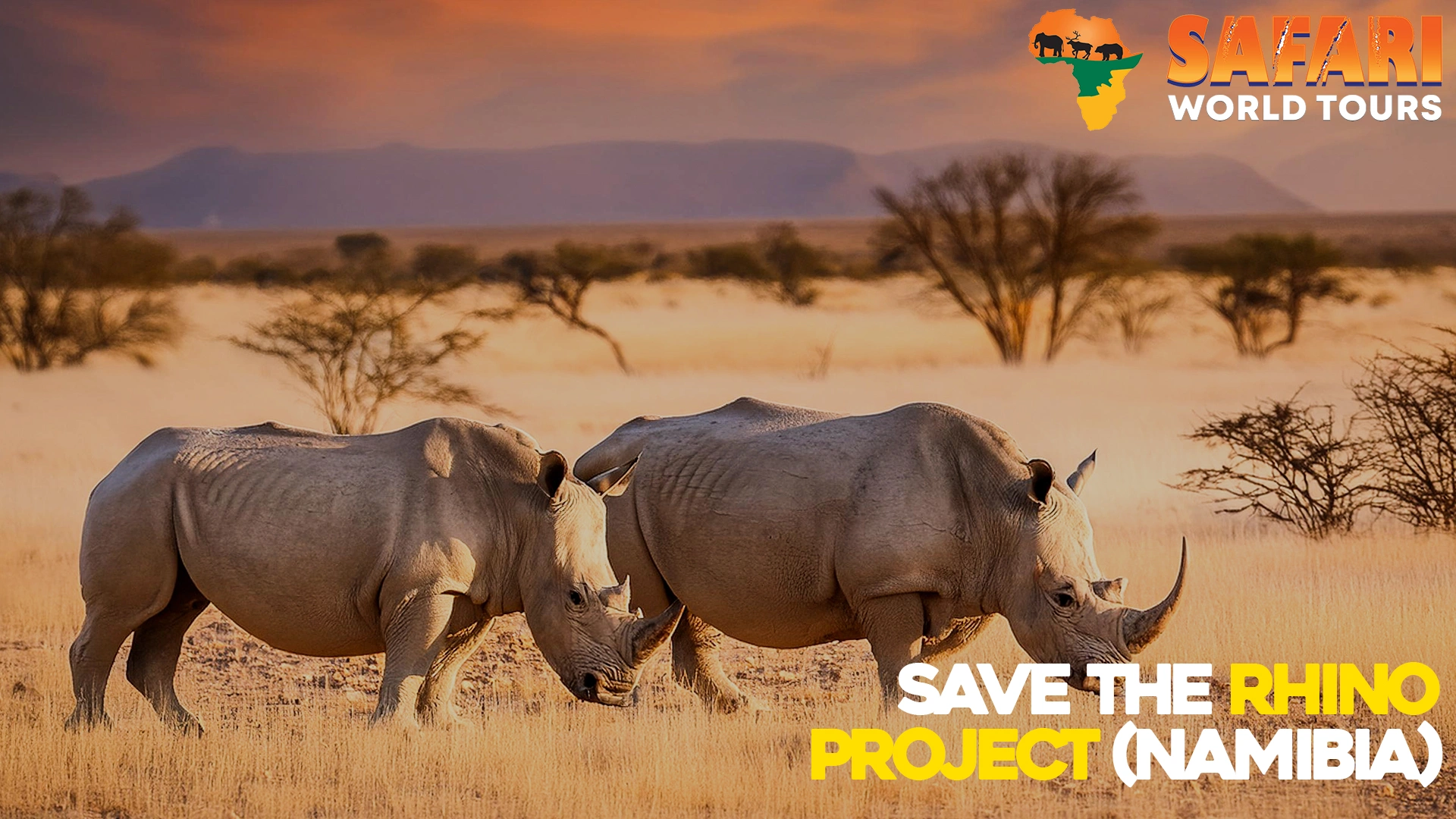The Rhino is a unique wildlife, and you cannot imagine the beauty of being close and possibly taking a photograph with it. Interestingly, there are about five different species, two in Africa and three across Asia. Namibia has become home to several wildlife, the Rhino especially, and hosts 34% of the population of black rhinos spread across the world Save the Rhino.
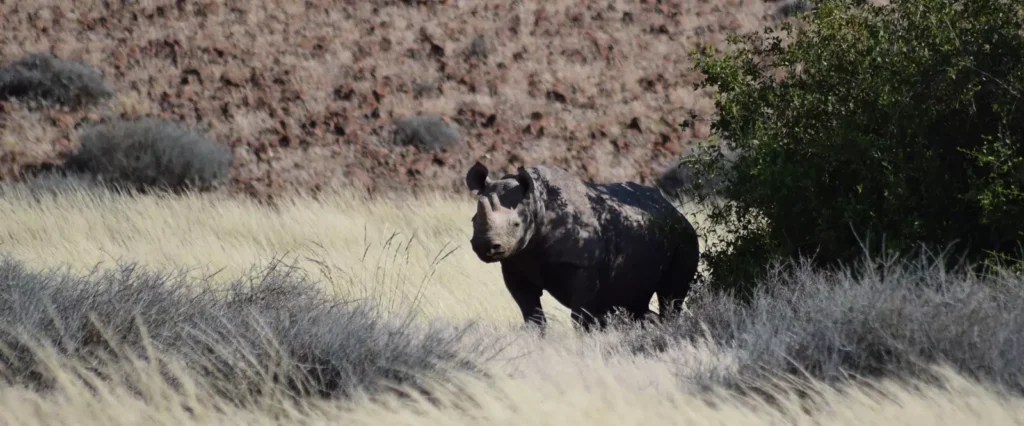
However, the Rhino has been a victim of poaching across Africa majorly because of their horns, thereby drastically reducing the population of Rhinos existing not just in Namibia but all over the world to almost less than 5000. Records of the poaching crisis have been collected in neighboring South Africa, showing that over 950 rhinos have been killed since 2009.
According to the IUCN Red List of Threatened Species, the Black Rhinoceros is listed as critically endangered. The chance of survival for this unique wildlife continues to slim down. Several campaigns have been held without success because poachers
THE SAVE THE RHINO TRUST
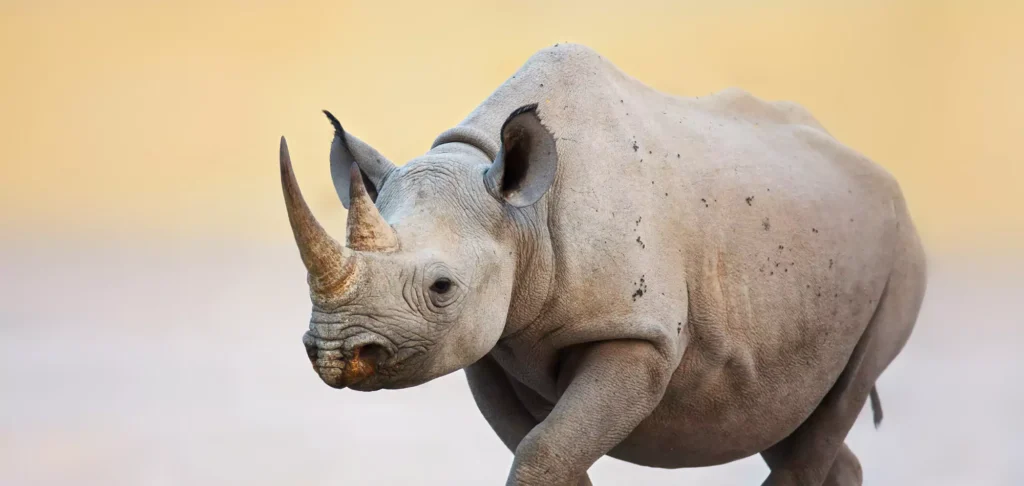
However, there is a glimpse of hope in the remote northwest of Kunene Region, Namibia, as the Save, the Rhino Trust (SRT) is established and responsible for the monitoring and protection of the Rhino. This has been done for over 25 years of its existence.
The SRT signed an agreement with the Ministry of the Environment, which has given the permission to monitor, protect, and further carry out various research on the black Rhino.
With a dedicated team of trackers and patrollers, they cover a vast landscape to ensure that this spectacular wildlife which is gradually becoming rare, is conserved and its populations boosted. This is done on foot, by vehicles, and by air for easy access to difficult and unreachable places.
The team walks a distance of 40-50 km to safeguard the rhinos, and huge success has been recorded in greatly reducing poaching activities. The SRT has created 13 fly-in camps in the Palmwag area and has trackers and police officers who are on standby in the area.
Poaching of black rhinos has been on for a very long time dating back to nearly the 1980s in the north-western Namibian region. As of Today, the population of rhinos in Namibia has fallen to about an estimated 60.
The greatest challenge is the black Rhino which is currently threatened and near extinction. Spurred by the passion for monitoring and protecting the rhinos left, the Save the Rhino Trust was established and officially registered in 1982.
The organization has since employed a collaborative effort with the Ministry of Environment and Tourism, the local community, and partners all over the world to enhance the security of the Rhino. This move has yielded an immense increase in the population of rhinos to 200 percent.
Not only has this helped to secure these animals, but it has also become beneficial to the community as it continues to attract millions of tourists who are drawn to the uniqueness of this rare wildlife. The SRT has professionals who have deep knowledge of rhinos and their surroundings. They have also made moves to educate the rural community in the Kunene and Erongo regions
ROLE OF COMMUNITY INVOLVEMENT IN THE SAVE THE RHINO PROJECT
Community involvement plays a crucial role in the success of the Save the Rhino Project in Namibia. The project recognizes that local communities have a vested interest in the conservation of wildlife, including rhinos, and that their participation is essential for the long-term success of conservation efforts.
One of the key strategies used by the Save the Rhino Project is to involve local communities in conservation efforts through education and awareness-raising programs. By educating people about the importance of rhinos and the threats they face, the project seeks to build support and understanding for rhino conservation among local communities.
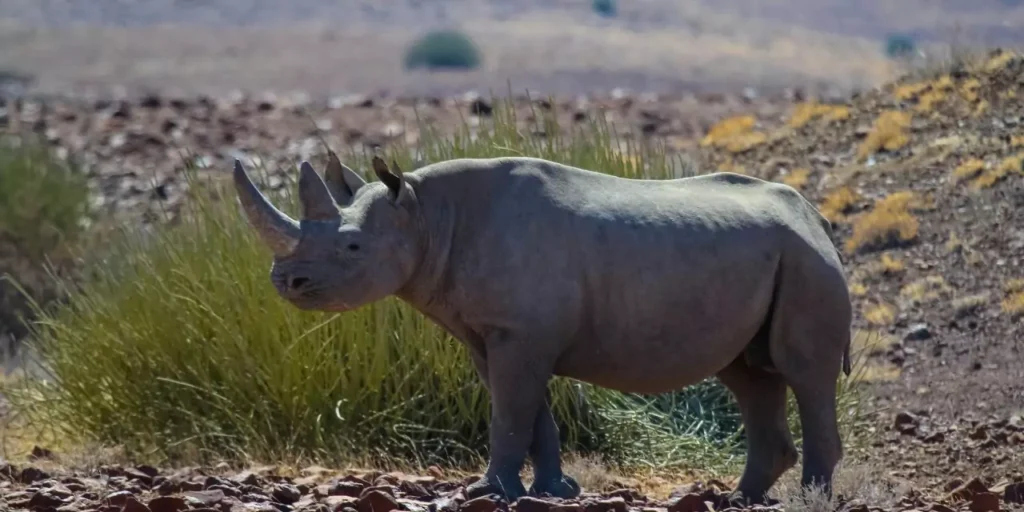
In addition, the project works to involve local communities in anti-poaching efforts, recognizing that they are often the first line of defense against poachers. This can include training local rangers, providing equipment and resources, and incentivizing community members to report poaching activity.
The project also recognizes the importance of addressing the underlying socio-economic factors that drive poaching, such as poverty and unemployment. By supporting sustainable livelihoods and economic development in local communities, the project seeks to reduce the incentives for poaching and promote long-term support for conservation efforts.
Overall, community involvement is essential for the success of the Save the Rhino Project in Namibia, and the project works to build strong partnerships and collaborations with local communities to achieve its conservation goals.
FAQs
Q: What is the Save the Rhino Project in Namibia?
A: The Save the Rhino Project is a conservation initiative aimed at protecting and preserving the rhino population in Namibia.
Q: What are the objectives of the Save the Rhino Project?
A: The objectives of the Save the Rhino Project include reducing the poaching of rhinos in Namibia, increasing public awareness of the importance of rhino conservation, and promoting sustainable tourism practices.
Q: What strategies are used by the Save the Rhino Project to achieve its objectives?
A: The Save the Rhino Project uses a range of strategies, including anti-poaching measures, community involvement, and education, partnerships with other conservation organizations, and sustainable tourism practices.
Q: How successful has the Save the Rhino Project been in Namibia?
A: The Save the Rhino Project has been successful in reducing the poaching of rhinos in Namibia, with a 98% reduction in poaching incidents since the project began. The project has also helped to increase public awareness of the importance of rhino conservation and promote sustainable tourism practices.
Q: How can I support the Project in Namibia?
A: You can support the Save the Rhino Project by donating to reputable conservation organizations, spreading awareness about the importance of rhino conservation, and choosing to visit lodges and tour operators that prioritize responsible and sustainable tourism practices.
Q: How does the Save the Rhino Project involve local communities in conservation efforts?
A: It involves local communities in conservation efforts through education and awareness-raising programs, anti-poaching initiatives, and support for sustainable livelihoods and economic development.
Q: What is the role of sustainable tourism practices in rhino conservation?
A: Sustainable tourism practices can play an important role in conservation by providing economic incentives for conservation efforts, supporting local communities, and promoting answerable tourism practices that minimize negative impacts on the environment and wildlife.

